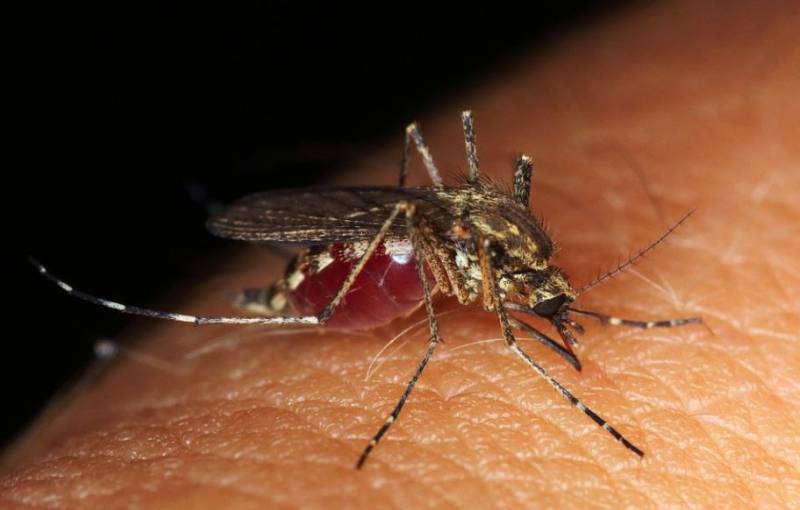

Guidelines for submitting articles to Hacienda Riquelme Golf Resort Today
Hello, and thank you for choosing Hacienda Riquelme Golf Resort.Today to publicise your organisation’s info or event.
Hacienda Riquelme Golf Resort Today is a website set up by Murcia Today specifically for residents of the urbanisation in Southwest Murcia, providing news and information on what’s happening in the local area, which is the largest English-speaking expat area in the Region of Murcia.
When submitting text to be included on Hacienda Riquelme Golf Resort Today, please abide by the following guidelines so we can upload your article as swiftly as possible:
Send an email to editor@spaintodayonline.com or contact@murciatoday.com
Attach the information in a Word Document or Google Doc
Include all relevant points, including:
Who is the organisation running the event?
Where is it happening?
When?
How much does it cost?
Is it necessary to book beforehand, or can people just show up on the day?
…but try not to exceed 300 words
Also attach a photo to illustrate your article, no more than 100kb

Spanish gardening - Carobs, worth their weight in gold?
Costa Cálida Gardening, carobs
 Carobs- worth their weight in gold?
Carobs- worth their weight in gold?
Nearly every country property in this area has at least one carob tree, currently dropping pods all over the floor and making a lot of mess, so if you have these in your home and dont want them, bag them up and bring them along to the next gardening club meeting.
Well quite happily take carobs in lieu of subs, as currency on the plant swaps table, and if youve got sackfuls, they could easily be traded for plants or free range eggs.
We do the same thing that other smallholders have been doing for thousands of years - feed them to the livestock during the dry months when theres very little food on the hillsides, being naturally rich in protein, fibre, vitamins and minerals, theyre the perfect power snack for hungry sheep.
Archaeological evidence points to them being an established food source 4000 years before Christ, and they were certainly much in evidence throughout Mediterranean antiquity, their nicknames of St Johns bread, or locust beans, referring to their consumption by Saint John who, according to the bible, lived on locusts and honey when in the wilderness, the word locust literally being a modern mis=translation; the same word in ancient greek meaning pods as grasshoppers.
Used widely by the arabs, in both beverages and food, they have been cultivated in this area for thousands of years, deep roots, dense wood and narrow, leathery leaves rendering them the perfect drought tolerant plant.
A slow growing tree, preferring poor soil and requiring no artificial irrigation and very little in the way of fertiliser, they are characteristically grown on field edges, or awkward corners, the shade offering welcome respite from the summer heat for both vegetable growth and slowly roasting shepherds, although their slow growth renders them a long-term crop.
Theyre not the prettiest of trees for domestic gardens, the leaves and pods making a mess in smaller spaces, but are the perfect tree for those wishing to create greener landscaping in rustic areas, with drought tolerant plants.
Evergreen, fairly compact and easily controlled, their major drawback is their relatively slow growth, but once established, they respond extremely well to hard pruning in order to control shape and restrict size.
Theyll be coming into flower soon, the pods taking nearly a year to develop and ripen, trees tending to crop well one year, with virtually nothing the next. This is why theyre often planted in twos, one for this year, one for next.
The Spanish grew them as a feed supplement for donkeys and sheep, and they were eaten by humans as food in the hard years.
Their value as a cash crop is minimal, which is why many smaller farmers just cant be bothered to crop them any more, but theyre actually an incredibly versatile product.
This is where carob chocolate comes from, the perfect alternative to coco chocolate, being virtually fat free and low in calories, but most importantly, non-allergenic and without caffeine, which means migraine sufferers can eat it, another reason why its used a lot in dog foods, and with quite a distinctive taste, which the pods themselves have. Personally, I quite like the taste, and will often be found munching on a carob whilst walking the dogs, although they can be a bit chewy.
The seeds inside the pods, are actually the most valuable part of the crop, being processed to create locust bean gum, which is used in an astonishing range of products.
Whilst researching the product we discovered a document produced by the greek agricultural industry which showed this gum being used in toothpaste, shaving foam, concrete, cosmetics, glue, matches, even petroleum, and most bizarrely, as a water binder for explosives.
We also discovered why theyre worth their weight in gold - The term "carat", the unit by which diamond weight is measured, is also derived from the Greek word kerátiοn (κεράτιον), alluding to an ancient practice of weighing gold and gemstones against the seeds of the carob tree by people in the Middle East. The system was eventually standardized, and one carat was fixed at 0.2 grams.
In late Roman and early Byzantine times, the pure gold coin known as the solidus weighed 24 carat seeds (about 4.5 grams). As a result, the carat also became a measure of purity for gold. Thus 24-carat gold means 100% pure, 12-carat gold means the alloy contains 50% gold, etc
And all we do is feed them to the sheep.
If you fancy growing them from seed, its really easy, they germinate quickly and grow strongly, although it will be quite a few years before you have anything resembling a reasonable sized tree.
If youre removing carobs, the wood burns really well, and dont worry if your tree appears to be rotten inside, they do that. Its common to find older trees almost completely hollow, but this is where youll find real gold hidden inside the trunk.
An ex-neighbour swore by the darkish dusty powder found inside the tree, formed by the rotting wood and deposits of leaves and beans. He scraped it out, and used it sparingly in his little huerta, mixed in with donkey dung, and he certainly had the lushest, greenest courgettes and the fattest little squashes imaginable.
We learnt to just say, yes Juan, and do what he said, after nearly 90 years living on, and loving his land, he certainly knew a lot more about spanish agriculture than ourselves, and weve not found him to be wrong yet.
So, if youve got any carobs you dont want, please dont throw them away, whilst theyre not worth their weight in gold any more, theyre certainly a commodity well be happy to trade with you.


















































